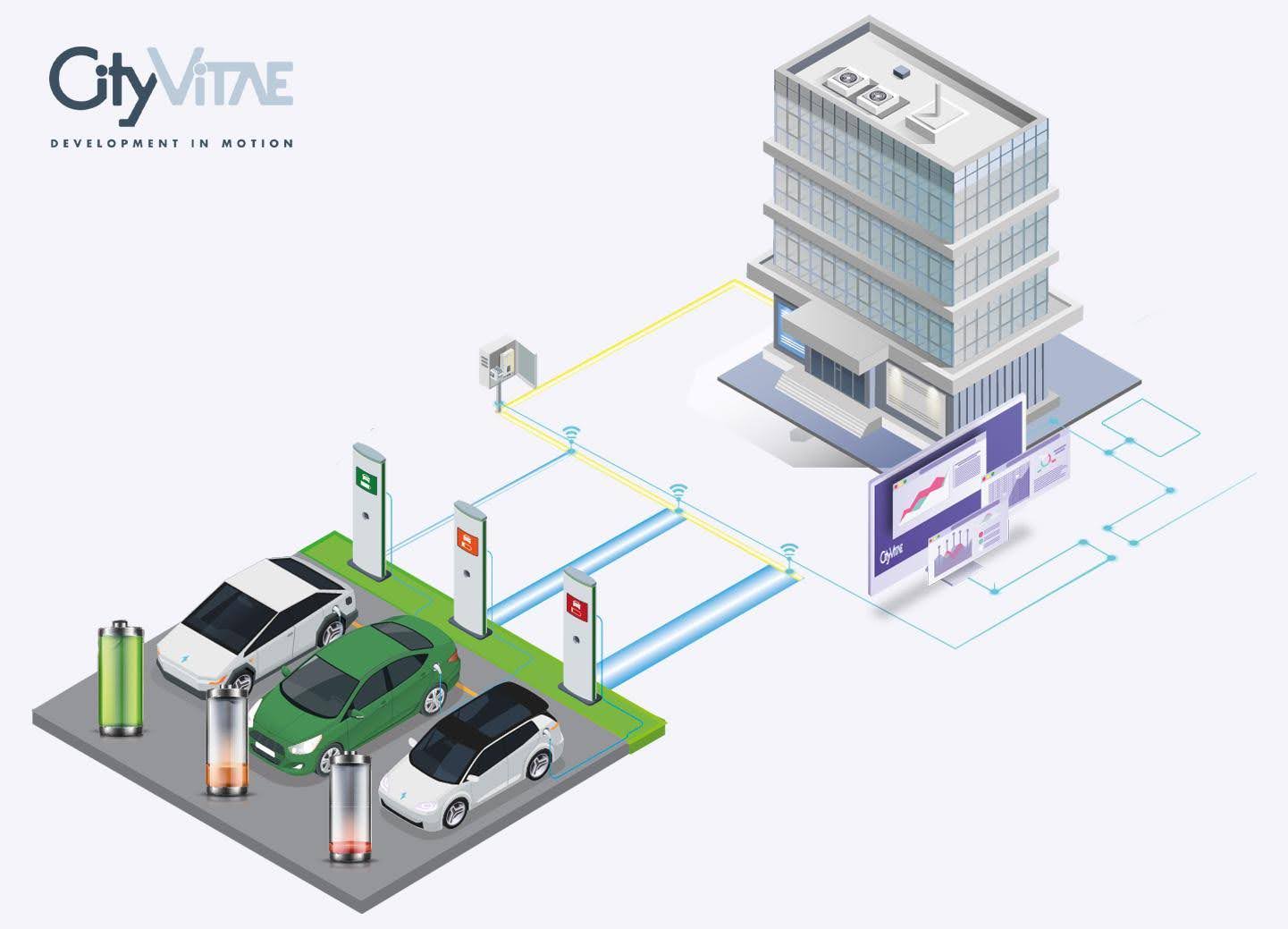We know today batteries for electric vehicles have an initial life of 500,000 to 1,000,000 km, depending on the brand and model.
When deterioration occurs and their performance drops to 80%, these batteries are reused for self-consumption as energy storage for solar panels in homes or industry, for example, thus extending their life by approximately 20 years.
Once this utility is over, the batteries can be recycled by up to 90%. In other words, batteries manufactured today, after a life span of approximately 30-40 years, can be recycled by approximately 90% and the industry is developing to achieve 100%. To give you an idea, a modern computer can be recycled by 93%, an internal combustion vehicle by 80%.
In the European Union, only 5% of the lithium batteries on the market are currently recycled. Why? The low number of batteries collected, the variability of the price of lithium on the market, and the high cost of the recycling process are some of the factors that explain the low recycling rate in recent years.
However, according to the legislation of many countries and also according to European laws, EV batteries cannot be kept at home or incinerated and it is the producers of electric vehicles who must bear the costs of collection, management, and recycling, for which they can build their own facilities or establish alliances with specialized operators.
This is why EV manufacturers are launching numerous initiatives aimed at first reusing and then recycling EV batteries.
The latest example comes from China, where General Motors has partnered with the local manufacturer SAIC to launch an electric car battery station, to take advantage of the growing number of packages that reach the market at the end of the vehicle’s useful life for reasons such as wear-and-tear or accidents, or also of the prototypes manufactured for the development of new models that cannot legally circulate once their conceptual phase is over.
This is the case of this initiative located in the province of Guangxi, which will use the batteries of the economical Baojun E100, a low-cost urban electric car developed between General Motors and SAIC, which has a small 19.2 kWh battery and which in China has a cost before aid that starts at 7,000 euros.
They have assembled altogether an installation that has a capacity of 1,000 kWh and 250 kW of power, enough to supply the needs of an average of 100 homes for a full day or to support a large number of residents if there is a problem with the electricity grid.
It will also serve to store surplus renewable energy, which will reduce the cost of the electricity bill for area residents, and decrease the load at peak times of the electricity grid.
What a great example of a circular economy! There is a reduction of emissions both during the life of the vehicle and during the production and recycling of its batteries.
The conclusion is that there already exists a technology that allows extending the life of EV batteries, reducing the need for extraction and processing of raw materials such as lithium and that this technology is constantly advancing in the search for new production processes and new, less scarce and less polluting raw materials.
Anna Mª Francino, Business Development, CityVitae





